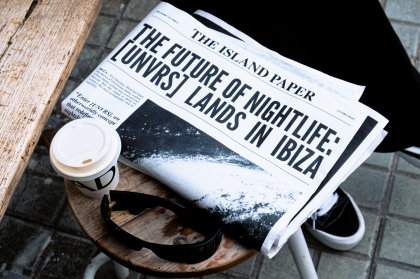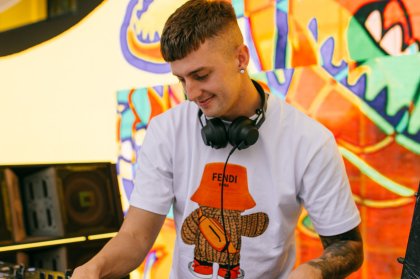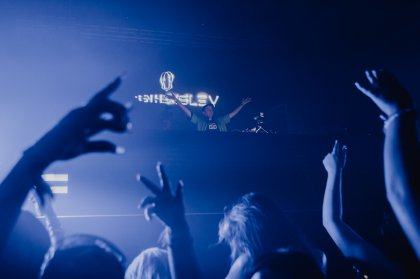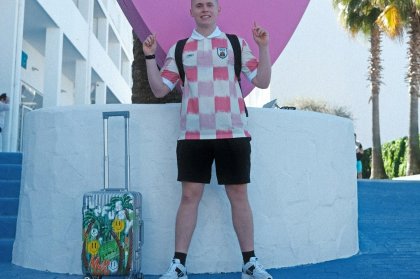Read Part One here

McCartney however continued to brim with ideas, despite (or perhaps because of?) the turmoil in his personal life, the very bitter and public acrimony with the other Beatles, the derision that greeted his wife Linda, and the psychological trauma of starting again and creating a brand new band. By the time disco arrived in 1976, McCartney was back on top, hugely successful with a new identity and now making records far removed from the raw tour rock of the early wings era. Perhaps like many other rock stars of the time, Jagger, Bowie, Elton John he simply (cynically?) tapped into the disco zeitgeist but, either way, the late 70s / early 80s yielded a string of hits, often dismissed by critics but hugely popular on dancefloors, including 'Goodnight Tonight', 'Silly Love Songs', 'Let em in', 'Listen To What The Man Said', 'Say Say Say' (with Michael Jackson) and perhaps his most interesting album of all, McCartney II, released in 1980, a traumatic year which would leave a huge personal impact on him.


There have been claims and counter claims about whether the album was influenced by his arrest in Tokyo for smuggling marijuana, something he is quick to deny, yet track titles such as Frozen Jap would suggest more than mere coincidence. Coming Up on the same record was a massive dancefloor hit and was said to be the main stimulus for Lennon writing music again. The album was however largely forgotten until the producer radioslave released an edit of the extraordinary Temporary Secretary in 2003, catapulting McCartney (rather like Yoko around the same time) into the consciousness of a new generation of clubbers. Yet McCartney’s credentials as an electronic innovator were already long established. On his 1989 hit Flowers in the Dirt, 'Ou Est Le Soleil' became a cult secret weapon in many DJ’s sets, tying in perfectly with the burgeoning sound of acid house that year. In 1992, his track 'Hope and Deliverance' was remixed by Steve Anderson from Brothers in Rhythm and became a club hit in its own right and in the 2000s McCartney has continued to experiment, with Radiohead’s producer Nigel Gondrich and with Youth as alter ego The Fireman.

Youth and McCartney as 'The Fireman'
But what of the Beatles broader legacy on the dancefloor? I would argue it is indirect – endless Beatles records have been covered from Motown artists to rock bands right through to baggy dance one-hit wonders like Candy Flip - there is no clear linear trajectory in the same way the Rolling Stones influenced funk and post-punk. Tomorrow Never Knows, without doubt, had a clear impact on modern producers such as the Chemical Brothers whose setting sun and private psychedelic reel tracks made no secret of their key inspiration. The mid-90s saw many big beat producers (mainly on the skint label in Brighton) follow in the chemical brothers footsteps – and a discernible beatles influence could be found on records by the Lo Fidelity AllStars, Deadly Avenger and the Midfield General. Today, however, as Ringo hits 70, McCartney winds down his tour schedule and the sun finally does set on The Beatles, the freedom of the internet is allowing a whole army of online remixers and re-editors to reinterpret the Beatles for a very different audience – a day In the life in a dubstep stylee anyone?
Ten faves
The Beatles - Tomorrow never knows – leftside wobble edit
Paul McCartney – 222
Paul McCartney – Coming Up – Twin Freaks mix
The Beatles – A Day In The Life - Lucky Highstepper mix
(No music sorry!)
Nina Simone – Here Comes The Sun (Francois K remix)
Wings – 1985
Bernie Lyon – Eleanor Rigby (Reggae Version)
The Beatles – Get Back - Bonar Bradberry Edit
Candy Flip – Strawberry Fields Forever
Woolfy – A Pint A Day (Band On The Run edit)
(No Music sorry!)







